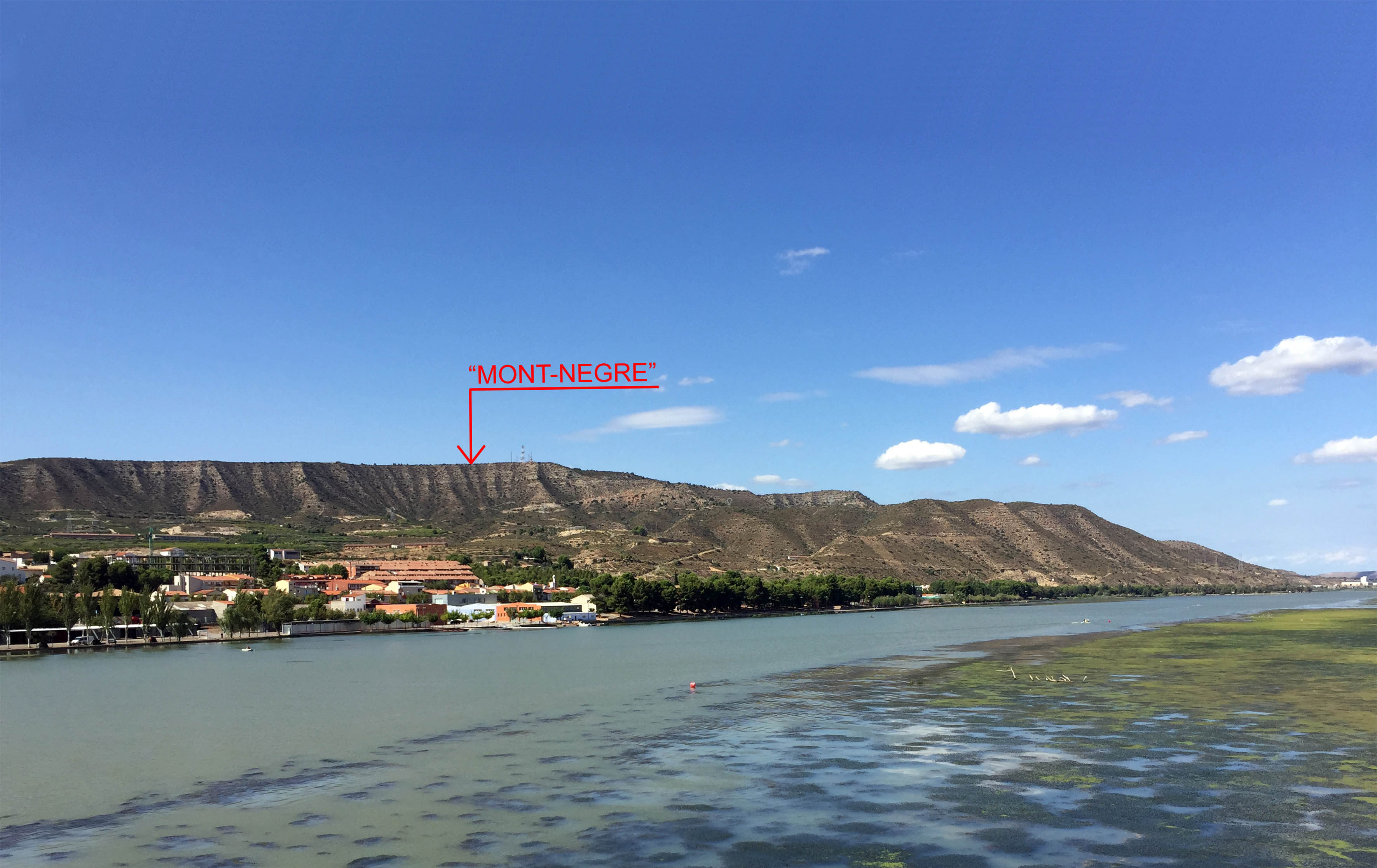The need for energy storage in the Southwest region of Europe presented itself in the last part of the 20th century due to the large scale implementation and development of renewable energy sources, wind and solar, in this region and in the European Union in general. However, the unpredictable and intermittent nature of renewable energy make it necessary to develop large scale load balancing storage plants to allow for a relevant participation of renewables in the European Union while not jeopardizing reliability of generation and security of supply.
In the early days, renewable energy generated was easily integrated into the network due to its low total installed capacity. As the number of wind and solar plants became larger, the difficulty of reconciling renewable energy generation with demand for electricity increased. This started to cause episodes of increasing energy dump during moments in which electricity generation was greater than demand and electricity generation from renewable sources or other had to be stopped. Storage would have helped in reducing total energy dump or the number of forced plant outages arising from off peak low demand.
The Mont-Negre reversible pure pumped storage plant is to significantly improve how the challenge of large scale (power and energy generation) and efficient minimization of energy dumps are addressed in the European Union. It will also represent a significant addition to the European Union high flexibility generation park. Once operational, the Mont-Negre plant will contribute to optimize demand management and load balancing in the electricity system by helping to progressively shift demand from peak to off peak hours:
- – The plant will ensure the management of 7.46 TWh/Year of energy, thereby providing a very sizeable buffer preventing excess generation from being dumpedwhile also generating 5.81 TWH/year of regulated energy and supplied to demand,.
- – The hydroelectric nature of the Mont-negre plant, provides an instantaneous response for pumping and turbine generation needs, thus addressing the need to add highly flexible generation plants to the system.
- – The availability of 12 independent reversible units with 275 MW each act as an regulation valve to help balance the system by generating with as many turbines as are required when there is a generation deficit in the network and pumping water to the upper reservoir when supply is greater than demand and also helping stabilize voltage and frequency, thereby improving management of demand by growing demand in valley hours or shifting demand during peak hours to lower demand valley hours.


